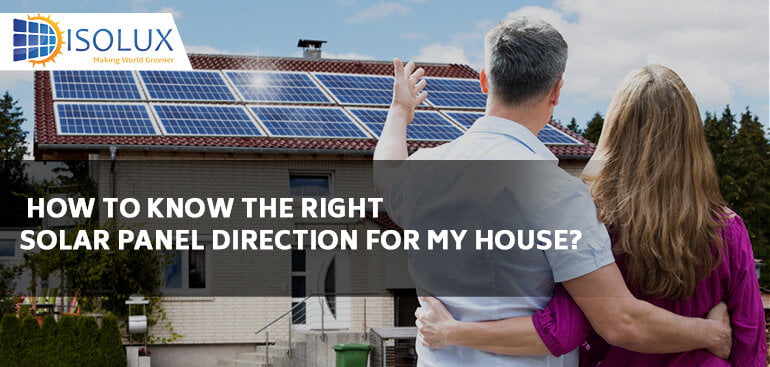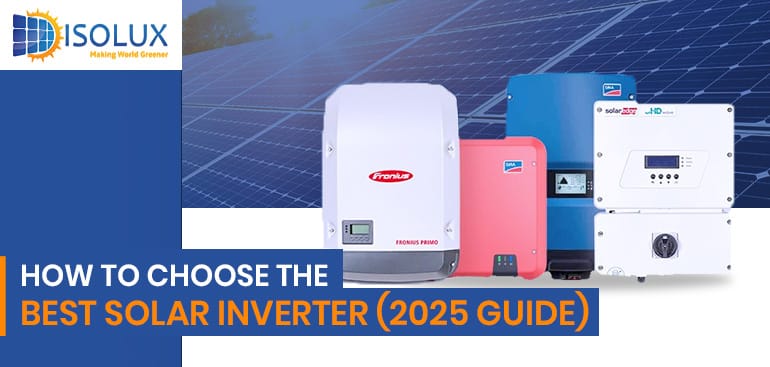Australia is located in the Southern Hemisphere, which means the sun appears in the northern part of the sky. By orienting solar panels to the north, they can capture the maximum sunlight throughout the day.
Most solar panels are designed to capture sunlight most effectively when they are facing the equator. For Australia, that means pointing them toward the north. The ideal tilt angle for solar panels in Australia is usually around 25 to 30 degrees. This angle allows the panels to receive maximum sunlight exposure throughout the year.
When you search for solar panel installers near me, you need to ensure you only connect with solar installers in Sydney. They will suggest the best direction for solar panels to face. However, if you want to be sure or if you are using some other way of installation, read on to know the ideal location and direction for solar panels.
Best Direction for Solar Panels Australia
1. East
East-facing solar panels give the best output during the morning. It produces around 12% reduced energy compared to north-facing. The maximum energy it produces in the morning and the least in the afternoon. Solar installers suggest using this orientation if you use more energy in the morning and minimum during the afternoons.
2. West
Similar to the east-facing solar panel system, it also generates 12% less energy than north-facing solar panels. It produces maximum solar power in the afternoons and less in the morning. It means the west-facing solar system is perfect if you use more electricity in the afternoon than in the morning.
3. North
According to CEC accredited solar installers, north-facing solar systems generate maximum energy throughout the day. It means not maximum at a particular time of the day. North-facing solar systems are suggested for rooftop solar systems. Solar panel installation companies also suggest shifting the usage of electronic appliances evenly during the day to leverage maximum benefits.
4. South
If you have chosen to use the service by surfing solar panel installers near me, one thing you need to keep in mind. Never have a south-facing solar system. In Sydney, Australia, south-facing solar systems produce 28% reduced energy.
5. North – West Orientation
Solar panels facing north-west will produce around 5% less electricity than panels facing the north. During the day, their electricity production will be split evenly between north and south-facing panels and west-facing panels. They generate somewhat more power in the afternoon and slightly less in the morning.
6. East – West Orientation
East-facing and west-facing solar panels receive sunlight during specific parts of the day, making them less efficient than south-facing solar panels. East-facing solar panels receive sunlight in the morning, while west-facing solar panels receive sunlight in the afternoon. These panels are best suited for areas where energy demand is highest during these specific times of the day.
7. North – East Orientation
Solar panels facing north-east will produce around 5% less electricity than panels facing north, and their output throughout the day will be comparable to that of north-facing modules and east-facing modules.
What is the Best Angle for Solar Panels in Sydney?
Where you are located in Australia will determine the ideal solar panel angle. If you’re located in Sydney, the recommended angle is 30 degrees. To achieve maximum sun exposure year-round, it is generally recommended the solar panel angle be equal to the latitude angle of your location.
Conclusion
The orientation of a solar system needs to be selected based on multiple facts such as:
- Geographical location
- Electricity usage habit
- Roof condition
- And more
Taking the help of an expert solar panel installation company in Sydney, Australia, which is also CEC accredited can help you make the max out of your solar panel.
Isolux is one of the most popular solar installers in Sydney. We’ll help you choose the right direction for your solar panel based on multiple factors. Get an obligation free quote now.
Read Next Blog:




